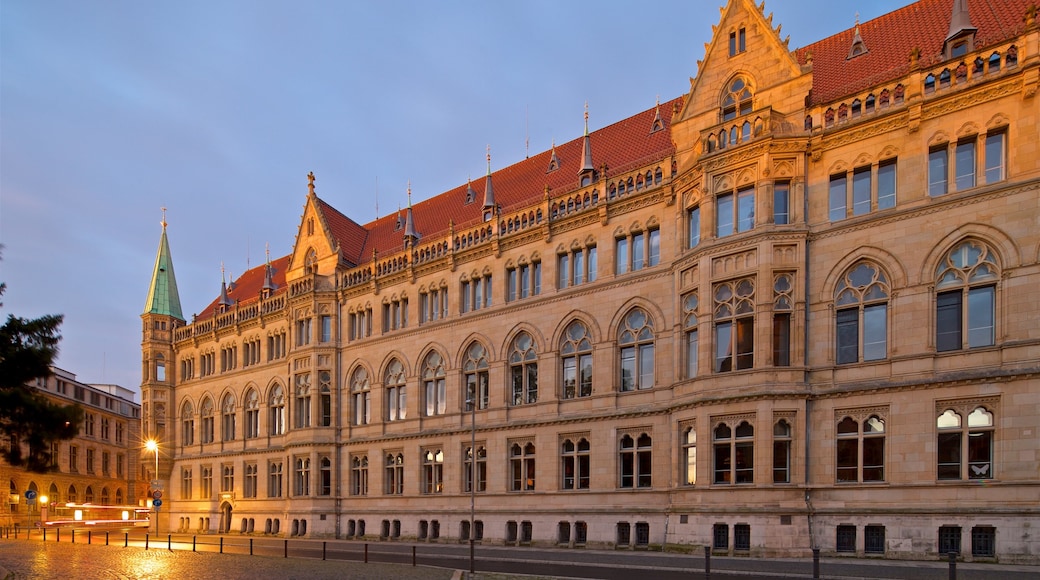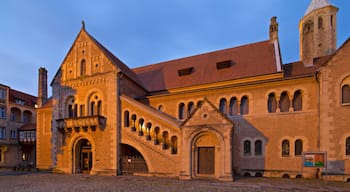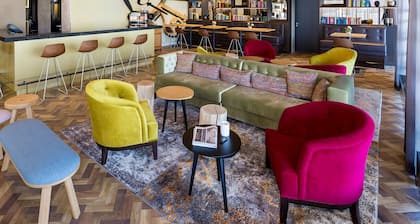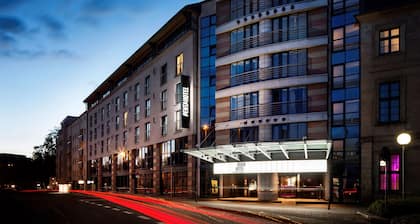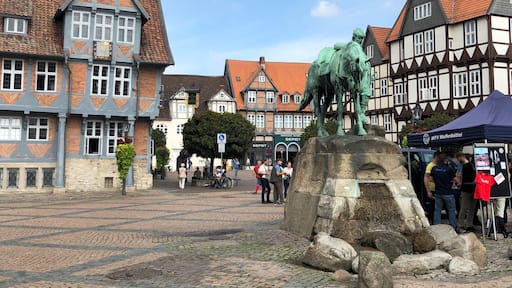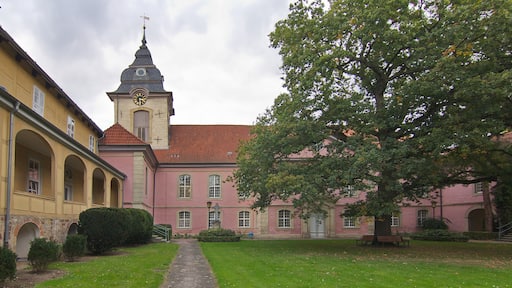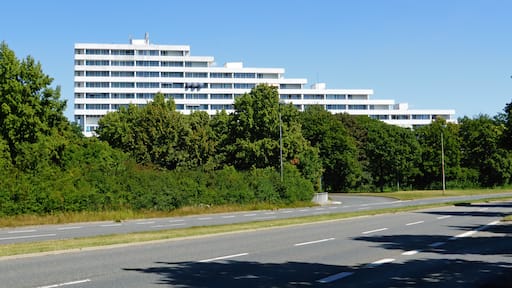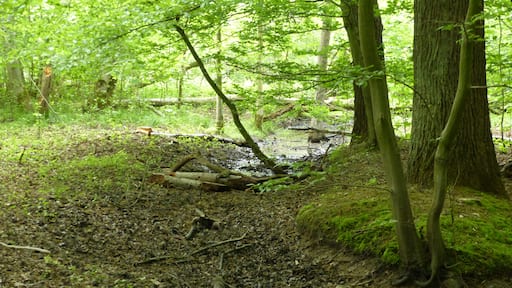Nobody knows exactly when or why Braunschweig was founded, but it's well known that it grew to be one of the most important and tumultuous cities in medieval Germany, one of the final nine members of the prestigious Hanseatic League. Years later, World War II left the city almost entirely destroyed, with only a tenth of the centre left standing. Modern-day Braunschweig is dominated by automobile-friendly post-war architecture, with only a select few medieval structures remaining.
Yet the medieval sites and structures that remain, tell the story of Braunschweig’s significance and influence in the Middle Ages. The St. Blasii Cathedral and Dankwarderode Castle were both built by Henry the Lion. The Lion Statue in the castle was the first freestanding monument of the Middle Ages (there is a replica just outside the church). The Gewandhaus reveals the power of the guilds in the 13th century.
Braunschweig offers many cultural venues and artistic activities. One unique site is the Rizzi House, an office building designed by artist James Rizzi that looks like it came straight out of a cartoon. Another is the Jewish Museum, among the oldest in the world and a fascinating exhibition.
Today, the city is also famous for its array of shopping options centred on bustling streets. For a more authentic experience, head to Magniviertel, not only the sole neighbourhood that survived World War II, but also home to a wealth of small boutiques for books, art and food.
The city also has one of the oldest red light districts in Europe. If you’re curious, but don't want to get too close, view it through the gates on Bruchstrasse.
Braunschweig is easily navigated by foot, with downtown shopping areas conveniently marked as pedestrian-only zones. However, should you need to go a little further, public transportation is reliable and gets you anywhere within the city limits.
